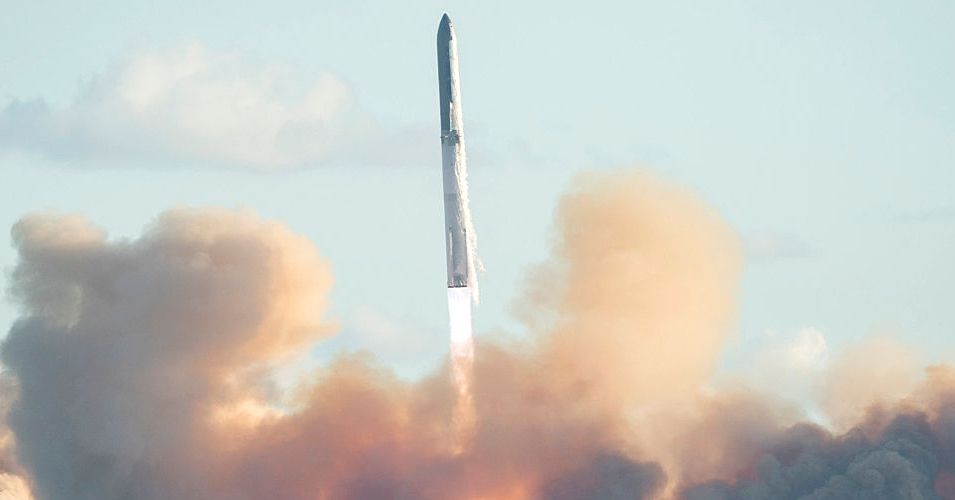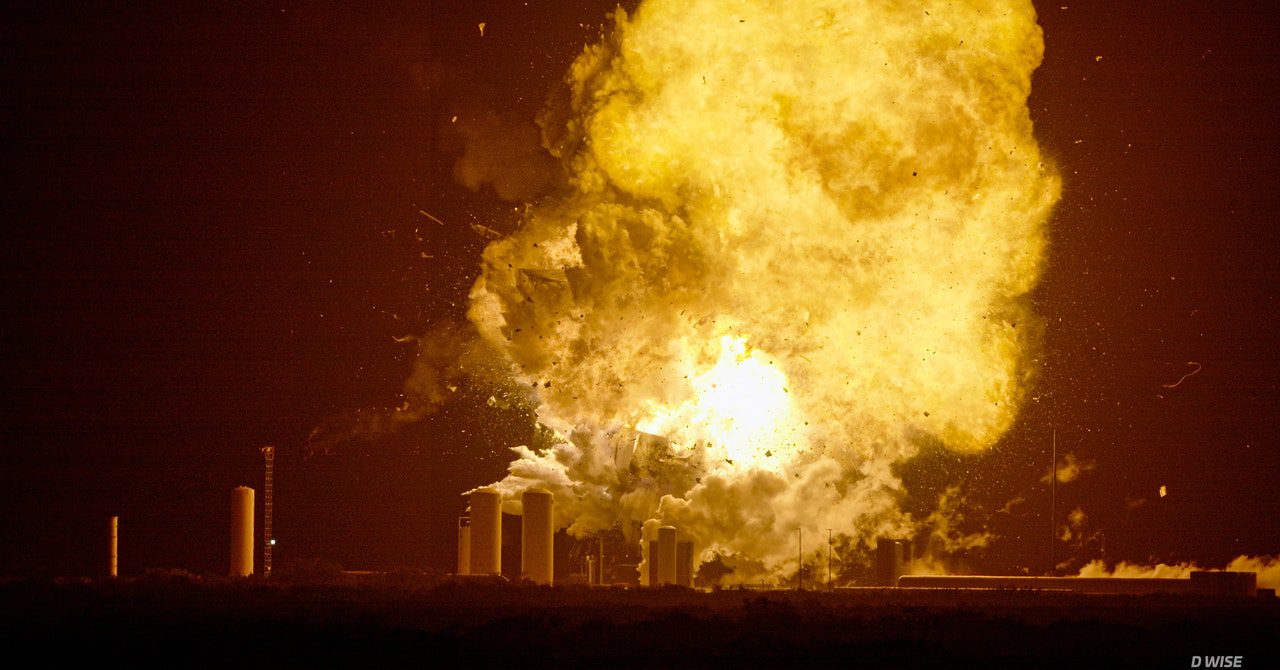In the final moments of Monday’s flight, Starship flexed its flaps to perform a “dynamic tilt maneuver” over the Indian Ocean, then righted itself and fired its engines to slow for landing, simulating maneuvers the rocket will perform on future missions back to the launch site. This will be one of the main objectives of the next phase of the Starship test campaign which begins next year.
Patience for V3
It will likely be at least a few months before SpaceX is ready to launch the next Starship flight. Starbase technicians assemble the next Super Heavy booster and the first Starship V3 vehicle. Once integrated, the booster and ship are expected to undergo cryogenic testing and static firing tests before SpaceX launches.
“The focus is now on the next generation of Starship and Super Heavy, with several vehicles currently under active construction and being prepared for testing,” SpaceX wrote on its website. “This next iteration will be used for Starship’s first orbital flights, operational payload missions, propellant transfer, and more, as we transition to a fully and rapidly reusable vehicle with service in Earth orbit, the Moon, Mars, and beyond.”
Starship V3 will have larger propellant tanks to increase the rocket’s lift capacity, upgraded Raptor 3 engines, and an upgraded payload bay to support launches of real Starlink satellites. SpaceX will also use this version of the rocket for orbital refueling experiments, a highly anticipated step for the Starship program now planned for next year. Orbital refueling is a crucial factor for future Starship flights beyond low Earth orbit and is necessary for SpaceX to realize Musk’s ambition to send ships to Mars, the company founder’s longtime goal.
It is also required for Starship flights to the moon. NASA has signed contracts with SpaceX worth more than $4 billion to develop a human-friendly derivative of Starship to land astronauts on the moon as part of the agency’s Artemis program. The orbital refueling demonstration is a key milestone in NASA’s lunar lander contract. Doing this as soon as possible is of vital importance to NASAwhich sees its Artemis moon landing schedule slip, in part due to Starship delays.




